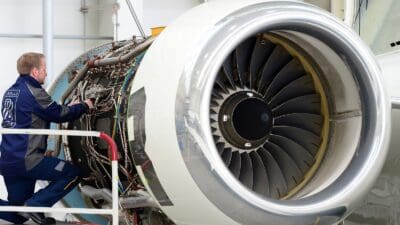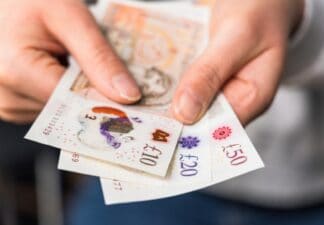In the last few decades, China’s GDP growth rate has been nothing short of astounding. It has become the world’s second largest economy and, until a couple of weeks ago, was being mooted as likely to surpass the US as the world’s largest economy during the course of the next few decades.
As a result, its middle class was set to dominate global consumer demand and for companies across the globe, the last handful of years have seen a dramatic pivot east, with China being the jewel in the crown of a hugely enticing Asian economy.
However, all that has apparently now changed. Suddenly, questions are being asked about China’s growth rate and whether it really can continue to post the same level of increases that have seen its GDP rise from $307bn in 1985 to $10.3tn in 2014. As a result, investors are becoming increasingly nervous, stock markets are on the decline and the outlook seems to be somewhat opaque regarding the future global growth outlook.
Of course, no economy in the world can continue growing at the rate which China has achieved in the last 30 years. History shows us that the US economy, for example, endured a number of huge challenges en route to becoming the world’s largest economy and, since doing so, has experienced continued difficulties which have pegged back its growth rate. So, expectations for China to be ‘different this time’ seem to be very wide of the mark, since there will inevitably be growing pains along the way.
Furthermore, the Chinese economy is undergoing a major transitional period that in itself is likely to cause further problems. While a capital expenditure-led model has worked exceptionally well in the past, with the industrialisation of China in terms of infrastructure development and the creation of new towns and cities creating jobs and aiding GDP growth, that model is being replaced by a consumer-led strategy. In other words, China’s economy is becoming less reliant on major building projects and more dependent upon consumer spending to fuel future growth which, in the long run, is a sound change but, in the short run, is likely to deliver substantial turbulence.
Looking back, China’s growth rate has not always been as high as many investors and commentators seem to believe. Certainly, it has been a lot higher than the current 7%+ growth rate, with it peaking at 14.3% in 1992 (closely followed by growth of 14.2% in 2007). However, it has also been as low as 3.9% in 1990, where it was followed by seven successive years of 9%+ growth, and also dropped to 7.6% in 1999 before growing at an annualised rate of 10.5% during the next eight years.
Therefore, Chinese economic growth has never been particularly stable. It has been highly volatile and unpredictable, which makes the current 7%+ growth rate, while disappointing compared to the highs of recent years, entirely within the range experienced in the last three decades.
Of course, the difference now is that China is a much bigger player in the global economy and, as a result, its growth seems to matter much more to investors across the globe. Certainly, there is likely to be more pain ahead as China adopts a different model to produce future growth but, realistically, it was never going to engage in mass capital projects indefinitely and, as such, the current slowing in its growth rate is perhaps to be expected.
Therefore, while growth of 7%+ is disappointing compared to the 14.2% of 2007, it remains anything but a failure. And, looking ahead, it would be of little surprise for China to post a better than expected growth rate in future years – just as it has done following the slower growth periods of 1989/90 and the late 1990s. Because of this, China still seems to be the most logical place to invest for the long term.







